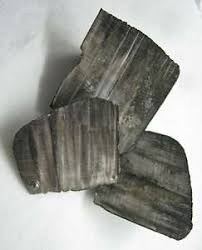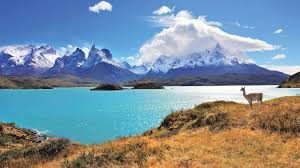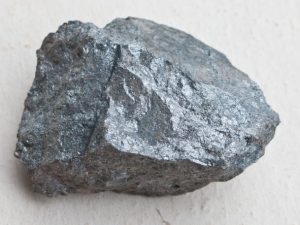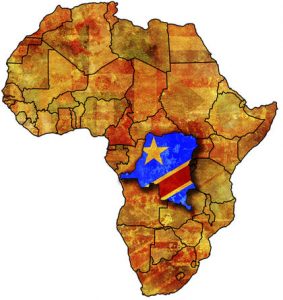Background
We noted an interesting article by Roger Boyes in the London Times on November 14th, 2018. He predicted that the push to produce electric cars worldwide would alter the dynamic of the existing energy-producing countries. The International Energy Agency has forecast that oil use by cars will peak in seven years because of the increasing number of drivers in emerging markets and Asia mega-cities. Then, electric vehicles will start to make a significant impact:300 million electric cars on the road by 2040. This will alter the energy value chain. The source of energy will shift from fossil fuel (crude oil) to mineral-based, namely lithium and cobalt to make powerful rechargeable batteries.
The Applications of Lithium

According to US Geological Survey, Mineral Commodity Summaries, January 2018 (The Report), global end-use markets of lithium are estimated as follow :
- Batteries, 46 per cent
- Ceramics and glass, 27 per cent,
- Lubricating greases, 7 per cent,
- Polymer production, 5 per cent,
- Continuous casting mould flux powders, 4 per cent,
- Air treatment, 2 per cent, and
- Other uses, 9 per cent.
Prices of Lithium
The Report noted that spot lithium carbonate in China ranged from US$15,000 to US$24,000 per ton throughout 2017 owing to tight supply of spodumene from Australia. The rest of the world experienced more modest price increases owing to supplies available from more diversified sources of lithium. Spodumene is a pyroxene mineral consisting of lithium aluminium inosilicate, LiAl(SiO₃)₂, and is a source of lithium. It occurs as colourless to yellowish, purplish, or lilac kunzite, yellowish-green or emerald-green hiddenite, prismatic crystals, often of great size.
Three spodumene operations in Australia and two brine operations each in Argentina and Chile accounted for the majority of world lithium production. The table below shows mine production and reserves of lithium.
| Countries |
Mine production in 2017 (Tons) |
Estimated reserves (Tons) |
| US | – |
35,000 |
| Argentina |
5,500 |
2,000,000 |
| Australia |
18,700 |
2,700,000 |
| Brazil |
200 |
48,000 |
| Chile |
14,100 |
7,500,000 |
| China |
3,000 |
3,200,000 |
| Portugal |
400 |
60,000 |
| Zimbabwe |
1,000 |
23,000 |
| World total (excluding US) |
43,000 |
16,000,000 |
Source: The Report


Owing to continuing exploration, lithium resources have increased substantially worldwide and total more than 53 million tons.
Substitutes
Substitution for lithium compounds is possible in batteries, ceramics, greases, and manufactured glass.
The Applications of Cobalt

According to The Report, Democratic Republic of Congo (DRC) is the leading source of mineral cobalt, supplying more than one-half of world cobalt mine production. With the exception of production in Morocco and artisanally mined cobalt in DRC, most cobalt is mined as a by-product of copper or nickel. In 2017, average annual cobalt prices more than doubled, owing to strong demand from consumers, limited availability of cobalt on the spot market, and an increase in metal purchases by investors.
China is the world’s leading producer of refined cobalt. Much of China’s production was from ore and partially-refined cobalt imported from DRC. China is the world’s leading consumer of cobalt, with nearly 80 per cent of its consumption being used by the rechargeable battery industry.
The table below shows mine production and reserves of cobalt.
| Countries |
Mine production in 2017 (Tons) |
Estimated reserve (Tons) |
| US |
650 |
23,000 |
| Australia |
5,000 |
1,200,000 |
| Canada |
4,300 |
250,000 |
| DRC |
64,000 |
3,500,000 |
| Cuba |
4,200 |
500,000 |
| Madagascar |
3,800 |
150,000 |
| New Caledonia |
2,800 |
– |
| Papua New Guinea |
3,200 |
51,000 |
| Philippines |
4,000 |
280,000 |
| Russia |
5,600 |
250,000 |
| South Africa |
2,500 |
29,000 |
| Zambia |
2,900 |
270,000 |
| Other countries |
5,900 |
560,000 |
| World total |
110,000 |
7,100,000 |
Source: The Report

The Report noted that terrestrial cobalt resources are about 25 million tons. In addition, more than 125 million tons of cobalt resources have been identified in manganese nodules and crusts on the floor of the Atlantic, Indian and Pacific Oceans.
Substitutes
In some applications, substitution for cobalt would result in a loss in product performance.
Conclusion
The electric car revolution would increase the consumption of cobalt and lithium, and the reduction in the consumption of petrol from crude oil. These mean countries such as Australia, Argentina, Chile and DRC would be the new energy giants in the next decades. What would the existing energy giants such as Saudi Arabia, Russia and Venezuela do with their plentiful reserves of crude oil?